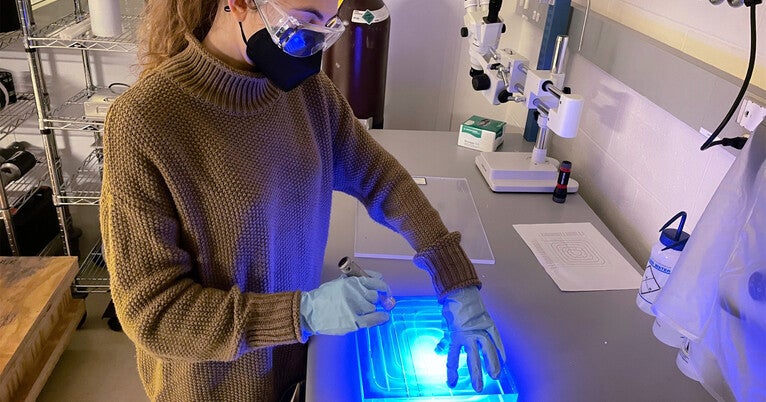The experiment, led by the U.S. Department of Energy’s Lawrence Berkeley National Laboratory and featuring more than 20 research institutions, including Yale, began operations in 2017, after many years of planning and development.
CUORE will continue its data collection through the rest of this year. Its successor, the CUORE Upgrade with Particle Identification (CUPID), will then take over the search for neutrinoless double beta decay at the same location.
The CUPID team will add enhanced light sensors to the experiment’s thermal detectors to improve event identification and background discrimination. It will also use enriched molybdenum crystals in place of tellurium.
“Detecting neutrinoless double beta decay would reveal that neutrinos are their own antiparticles, known as Majorana particles,” said Karsten Heeger, the Eugene Higgins Professor of Physics in Yale FAS, director of Yale’s Wright Laboratory, and a recent international spokesperson for the CUPID experiment.
“This unique nature of neutrinos may explain the matter-antimatter asymmetry in the universe — the fact that there is more matter than antimatter,” Heeger added. “It would also violate a fundamental principle of the Standard Model of Particle Physics called the lepton number and provide unambiguous evidence for new physics.”
Yale researchers lead several efforts in CUORE and CUPID, including the development of low-energy analysis and the reduction of muon-induced backgrounds. In addition to Maruyama and Heeger, Yale researchers involved in the experiments are research scientist Penny Slocum, postdoctoral researcher Tyler Johnson, and engineer James Wilhelmi, all in the Department of Physics; graduate students Ridge Liu, Maya Moore, and Zach Muraskin, all in the Yale Graduate School of Arts and Sciences; and former graduate student Samantha Pagan.

